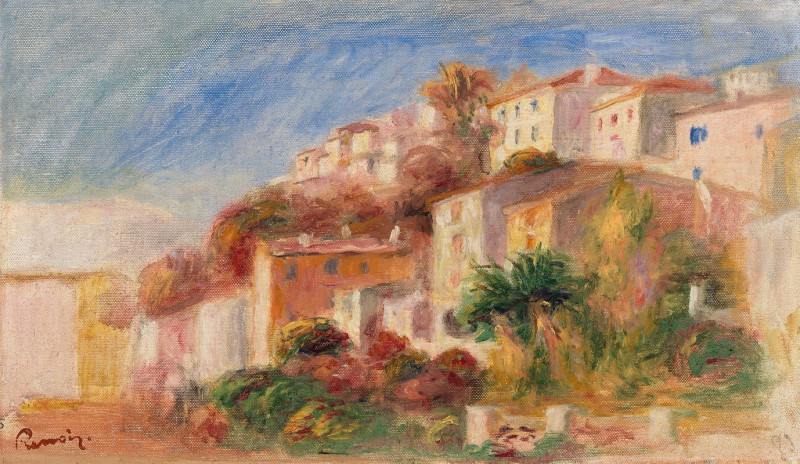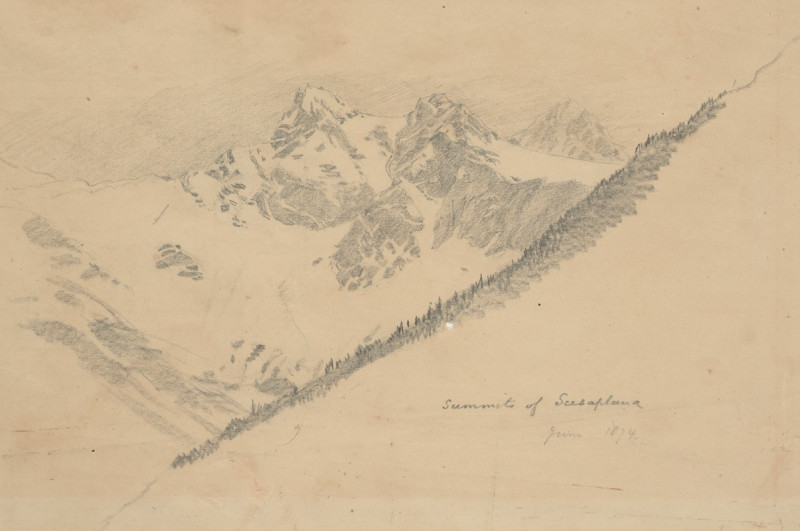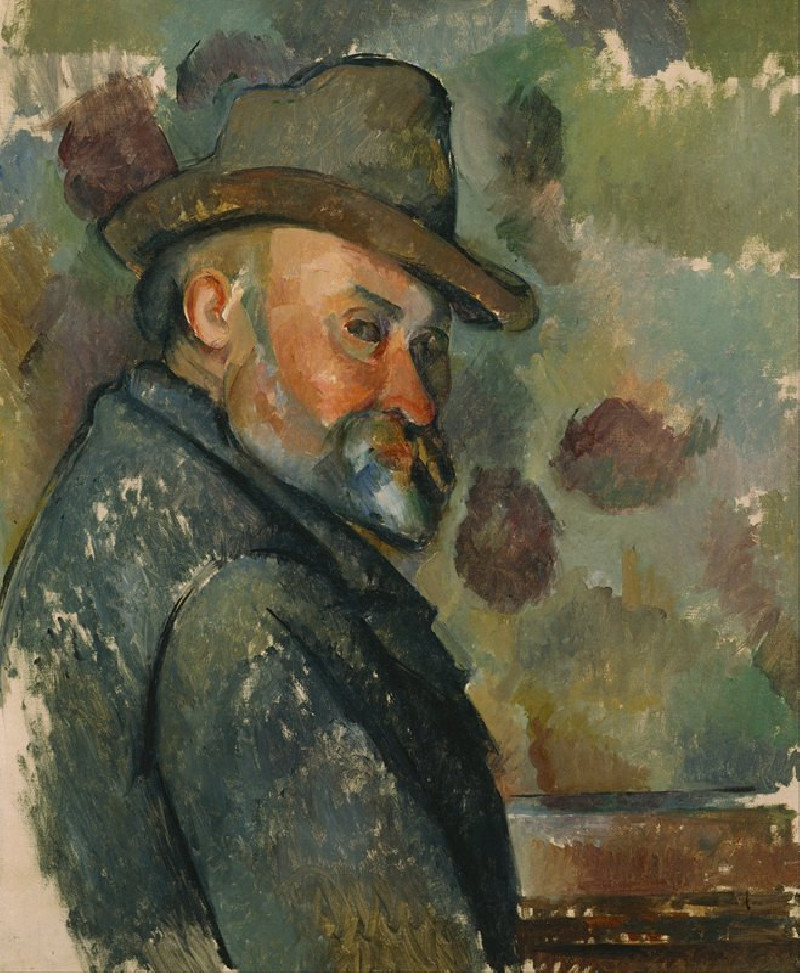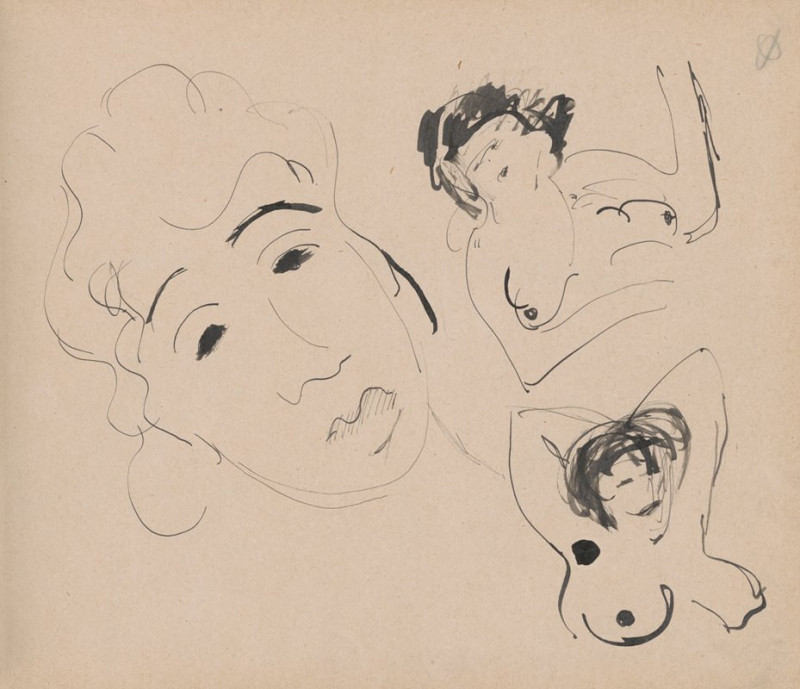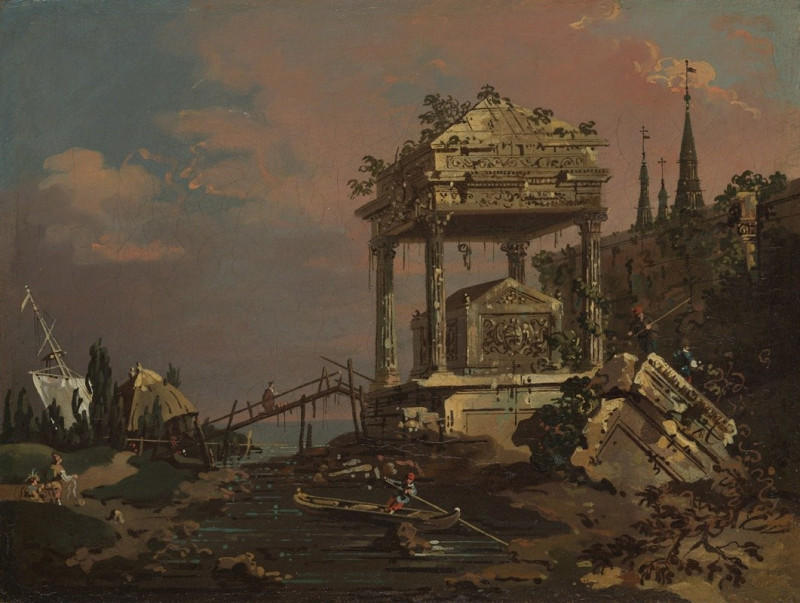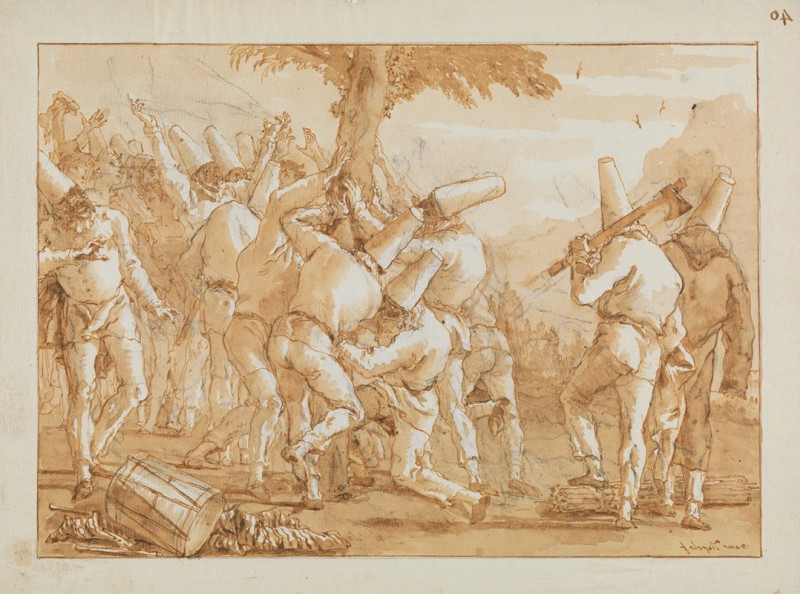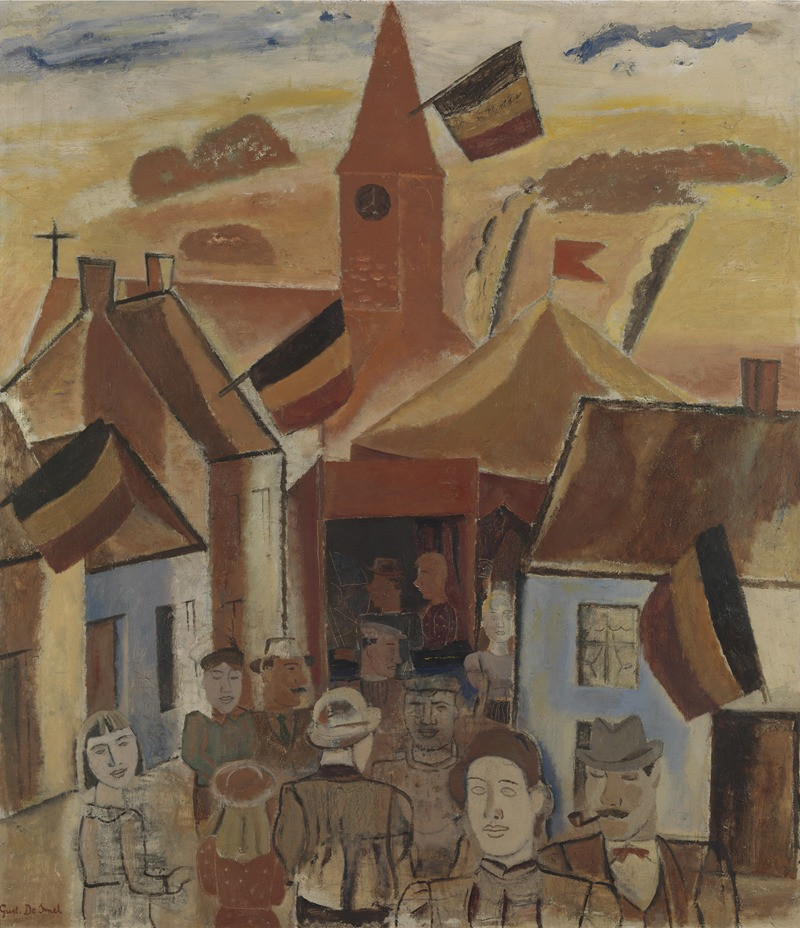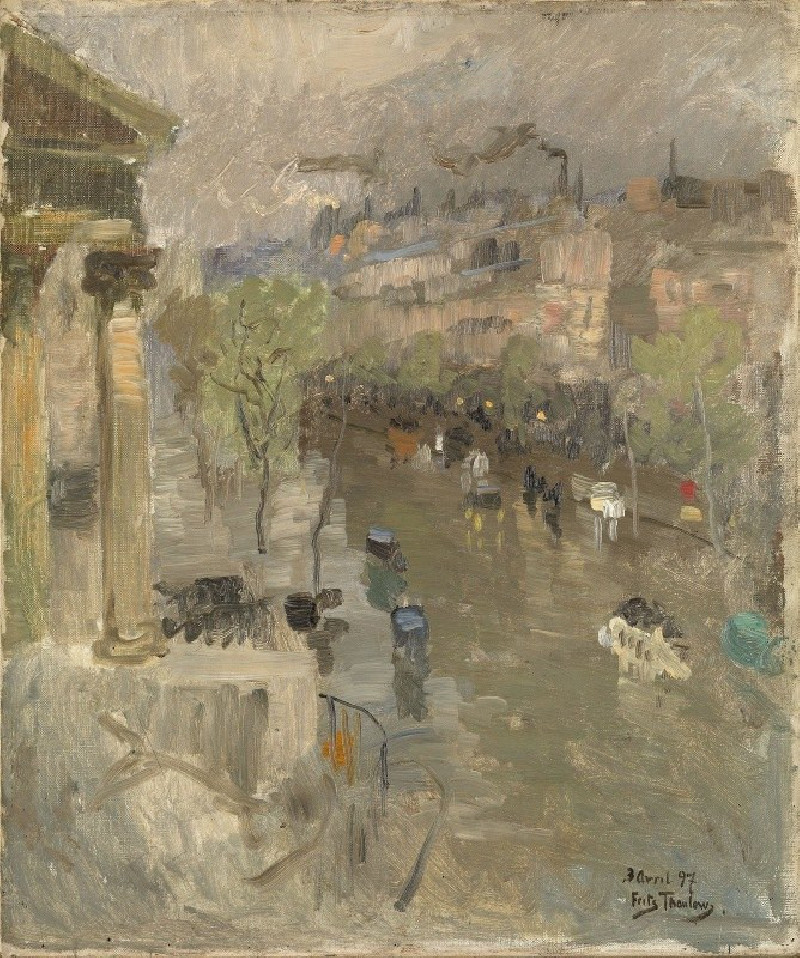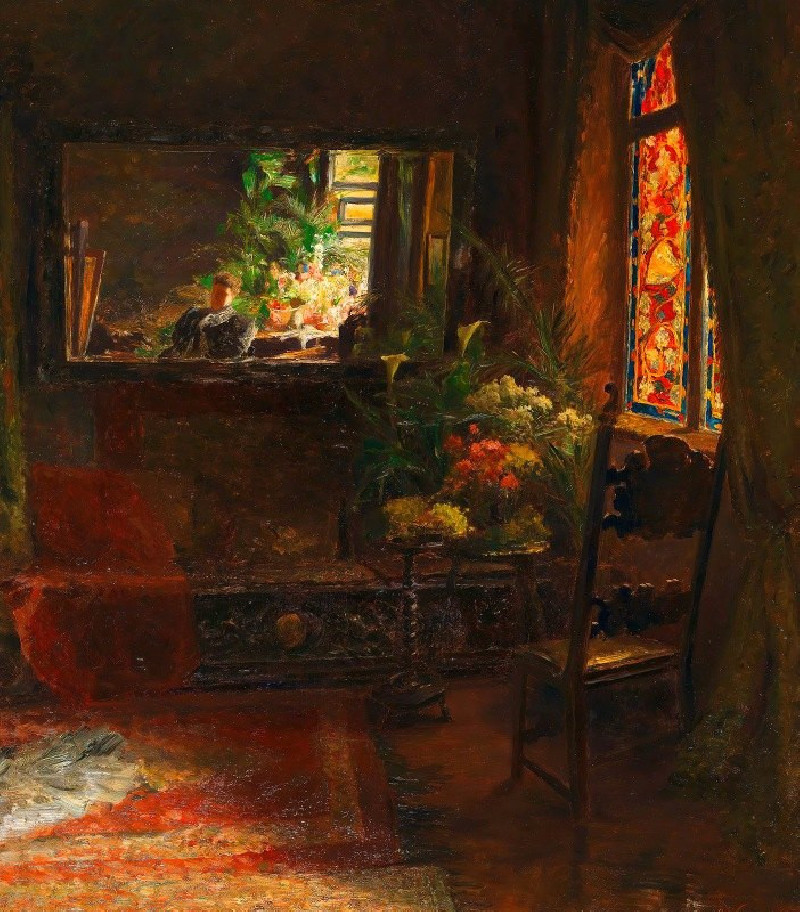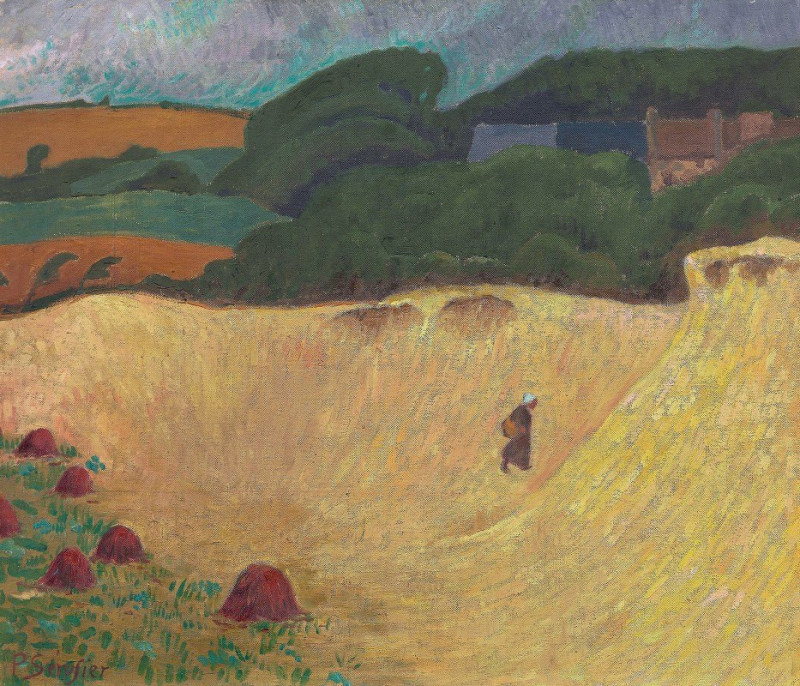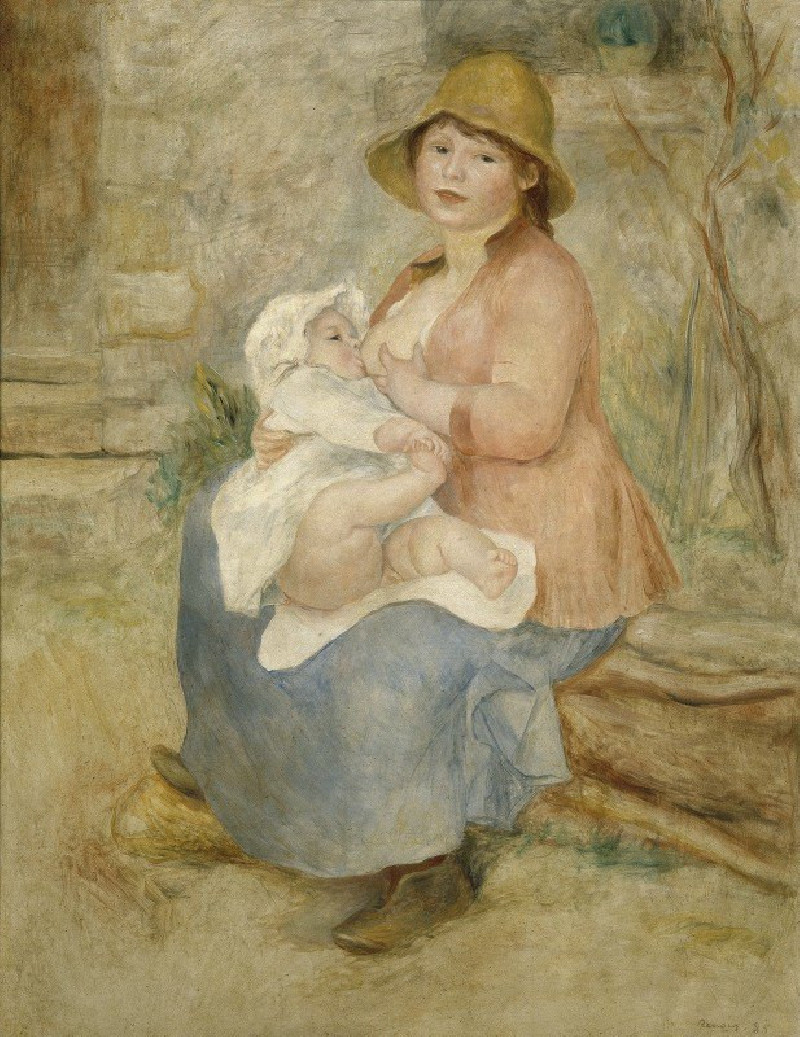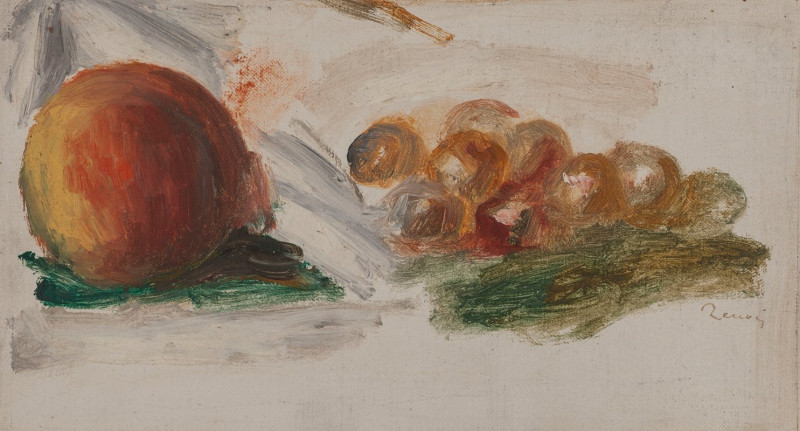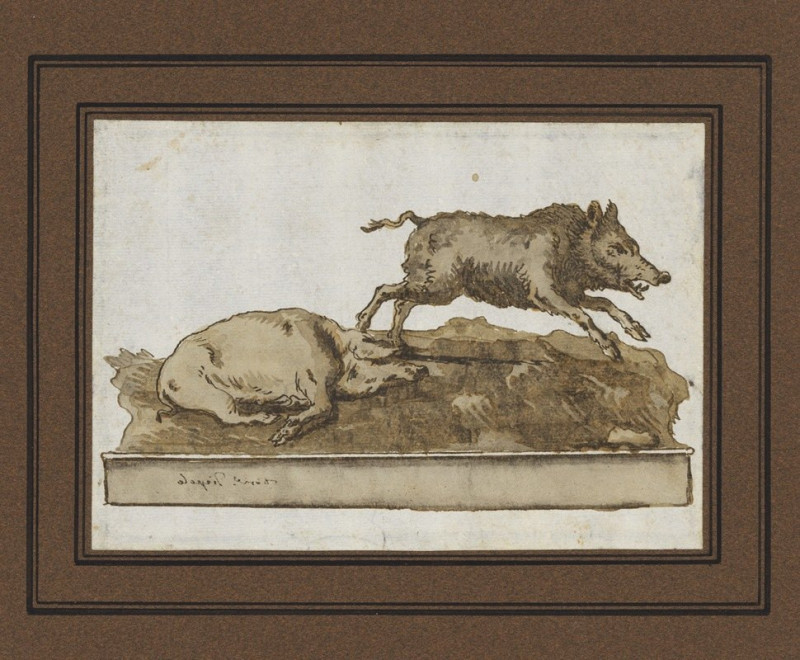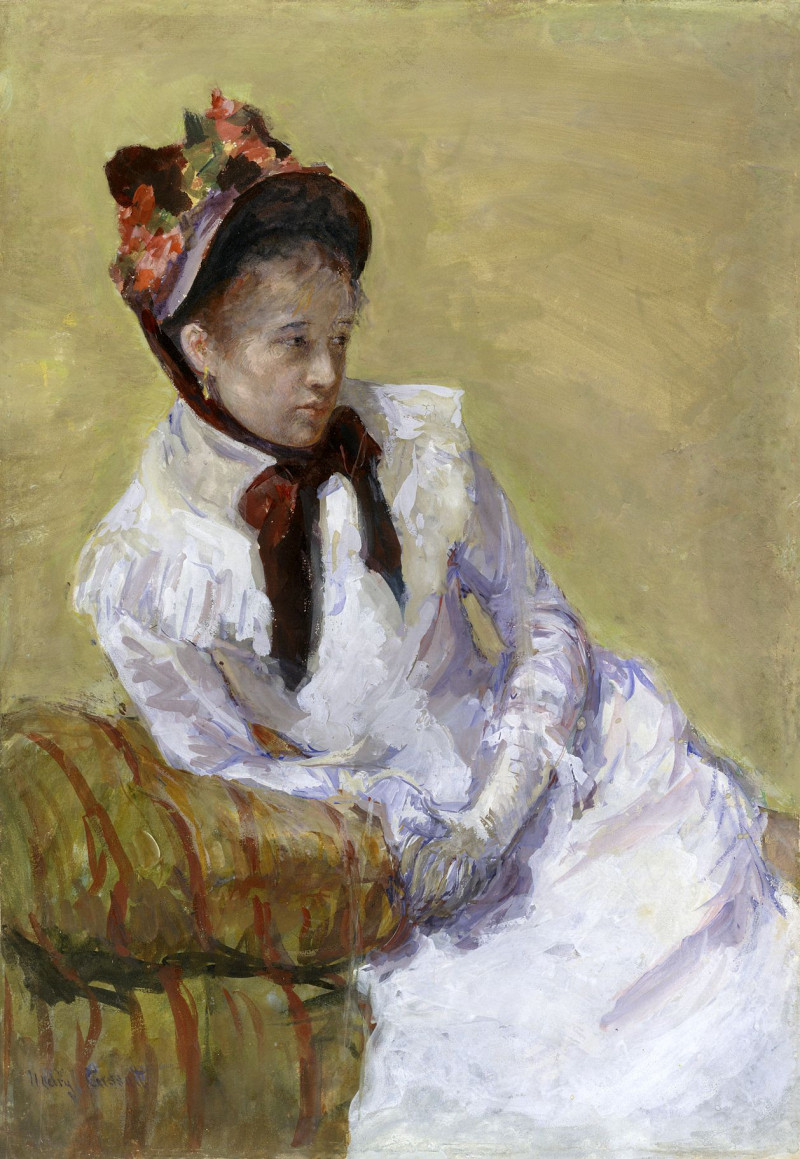View from under the portico of the Temple of Dendera [Dandara]. (1846-1849)
Technique: Giclée quality print
Recommended by our customers
More about this artwork
David Roberts’ masterpiece, “View from under the portico of the Temple of Dendera [Dandara]” created during 1846-1849, captures the majestic beauty and intricate architectural details of one of Egypt’s famed historical sites. This exquisite lithograph invites viewers directly into the ancient world, standing beneath the grand colonnade of the Dendera Temple complex.In the foreground, Roberts portrays a group of travelers and locals, basking in the awe-inspiring environment, their colorful attire contrasting dynamically with the monochromatic stone. These figures not only add life to the scene but also provide a sense of scale, emphasizing the monumental proportions of the temple columns and the towering ceiling above.The true brilliance of Roberts’ work lies in his meticulous attention to the details of the hieroglyphic inscriptions and the vibrant ceiling frescoes that adorn the temple interior. These elements are rendered with such precision that they seem to whisper stories of ancient rituals and divine myths to the observer. The alignment and perspective drawn through Roberts’ skilled hand guide the eyes upward, toward the brilliantly depicted ceiling, rich with symbolic coloration representing Egyptian deities and celestial scenes.This lithograph not only serves as an artistic representation but also as a historical document, preserving the splendor of Egyptian architectural prowess and cultural richness. It invites viewers to step back in time and experience the enigmatic allure of ancient Egypt, through the eyes of a keen observer and skilled artist.
Delivery
Returns
David Roberts (24 October 1796 – 25 November 1864) was a Scottish painter. He is especially known for The Holy Land, Syria, Idumea, Arabia, Egypt, and Nubia, a prolific series of detailed lithograph prints of Egypt and the Near East that he produced from sketches he made during long tours of the region (1838–1840). These and his large oil paintings of similar subjects made him a prominent Orientalist painter. He was elected as a Royal Academician in 1841.

![View from under the portico of the Temple of Dendera [Dandara]. (1846-1849) reproduction of painting by David Roberts. ALL GI... View from under the portico of the Temple of Dendera [Dandara]. (1846-1849) reproduction of painting by David Roberts. ALL GI...](https://reprodukcijos.lt/39249-large_default/reproduction-of-view-from-under-the-portico-of-the-temple-of-dendera-dandara-1846-1849.jpg)
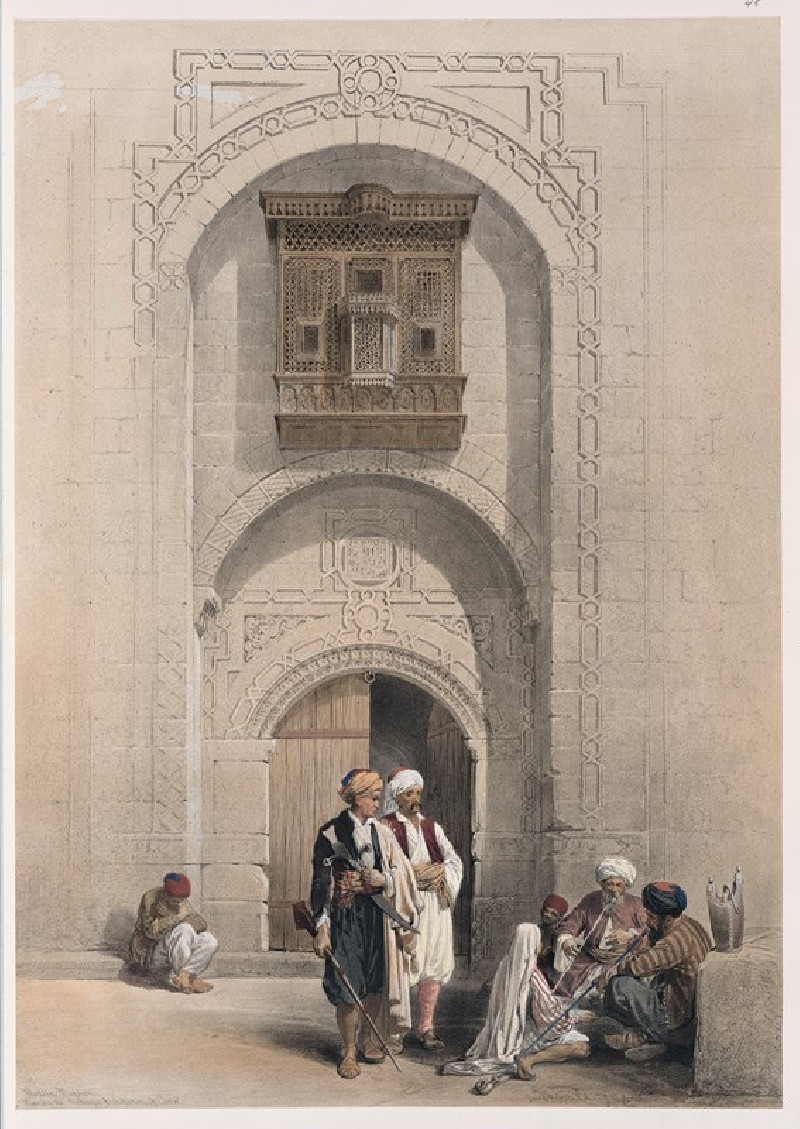
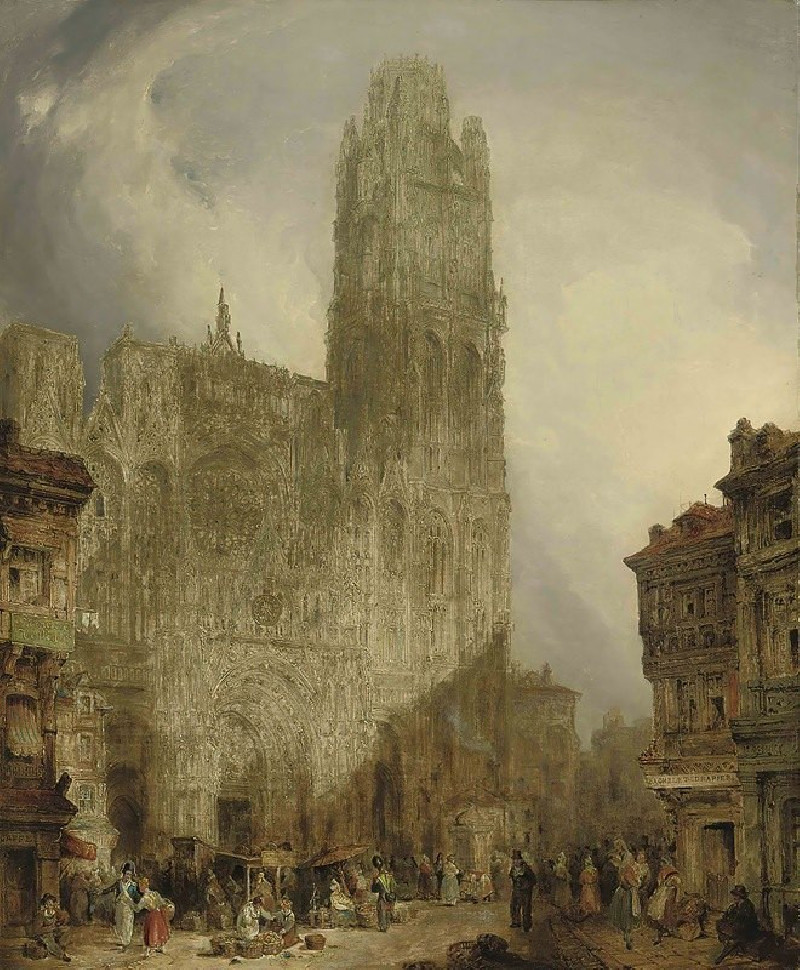
![Siout [Asyût]. Upper Egypt. (1846-1849) reproduction of painting by David Roberts. ALL GICLEE PRINTS](https://reprodukcijos.lt/39216-large_default/reproduction-of-siout-asyut-upper-egypt-1846-1849.jpg)
![Hermont [Armant], ancient Hirmonthis. Nov. 26th, 1838. (1846-1849) reproduction of painting by David Roberts. ALL GICLEE PRINTS](https://reprodukcijos.lt/39215-large_default/reproduction-of-hermont-armant-ancient-hirmonthis-nov-26th-1838-1846-1849.jpg)
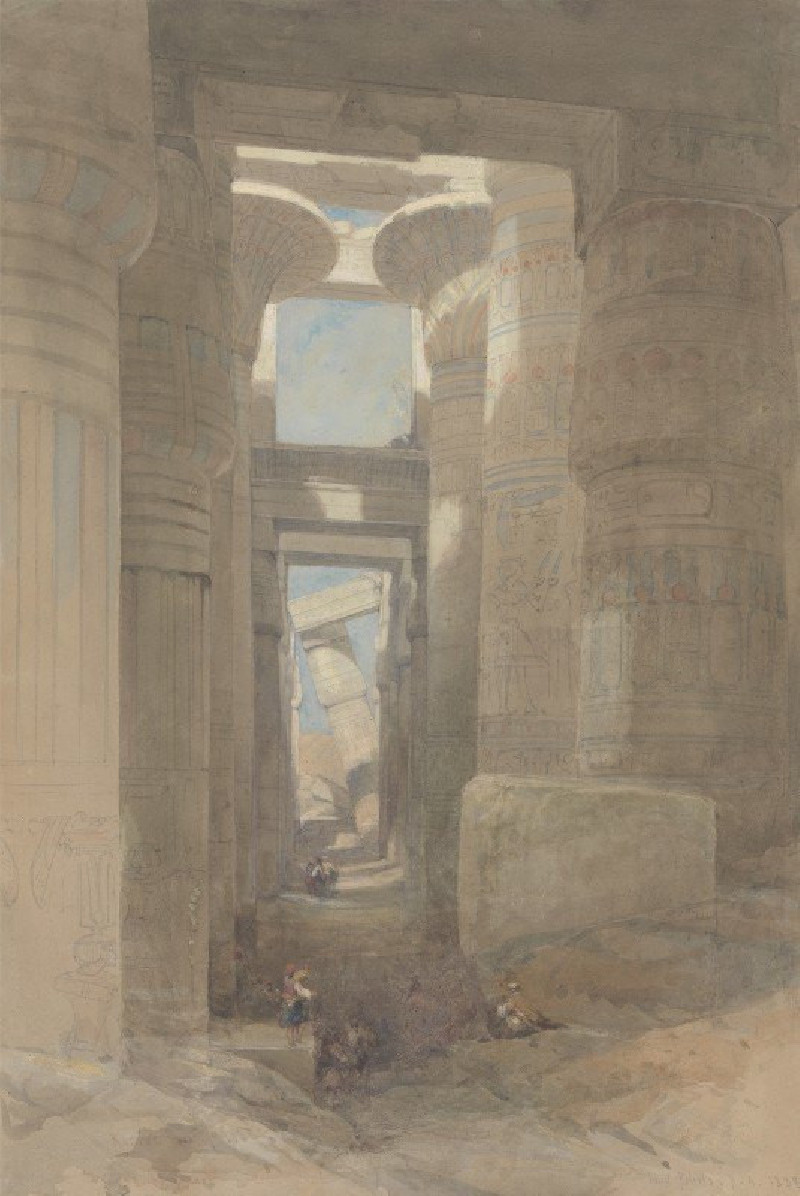
![Temple of Wady Saboua [Wadi al-Sabua], Nubia. (1846-1849) reproduction of painting by David Roberts. ALL GICLEE PRINTS](https://reprodukcijos.lt/39213-large_default/reproduction-of-temple-of-wady-saboua-wadi-al-sabua-nubia-1846-1849.jpg)
![Portico of the Temple of Edfou [Idfû], Upper Egypt. Nov. 23rd, 1838. (1846-1849) reproduction of painting by David Roberts. A...](https://reprodukcijos.lt/39212-large_default/reproduction-of-portico-of-the-temple-of-edfou-idfu-upper-egypt-nov-23rd-1838-1846-1849.jpg)
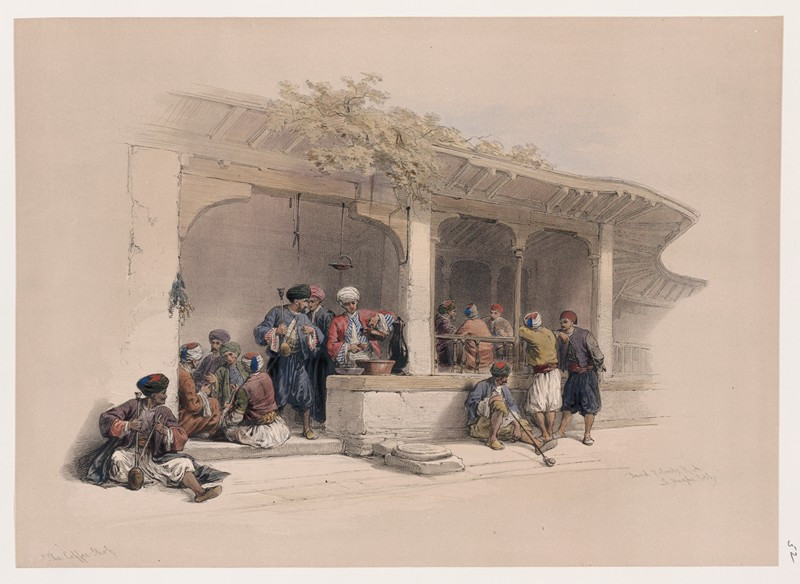

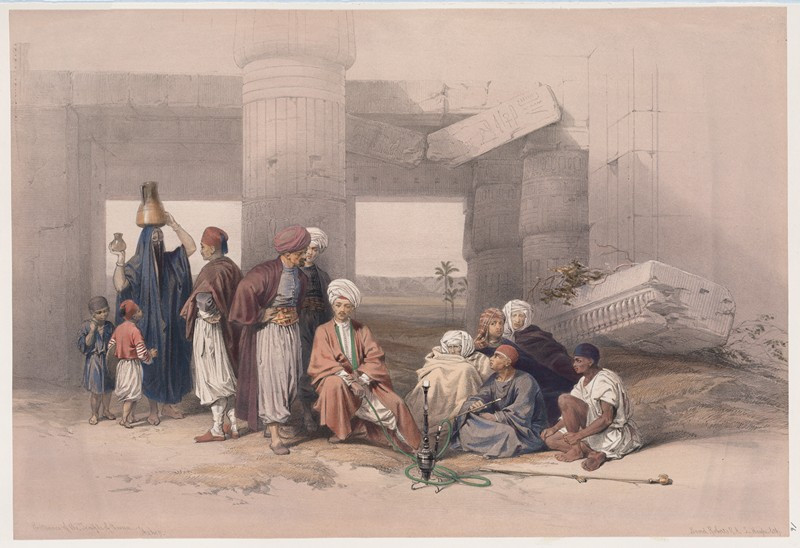
![Edfou [Edfu, Idfû]. Nov. 24th, 1838. (1846-1849) reproduction of painting by David Roberts. ALL GICLEE PRINTS](https://reprodukcijos.lt/39208-large_default/reproduction-of-edfou-edfu-idfu-nov-24th-1838-1846-1849.jpg)
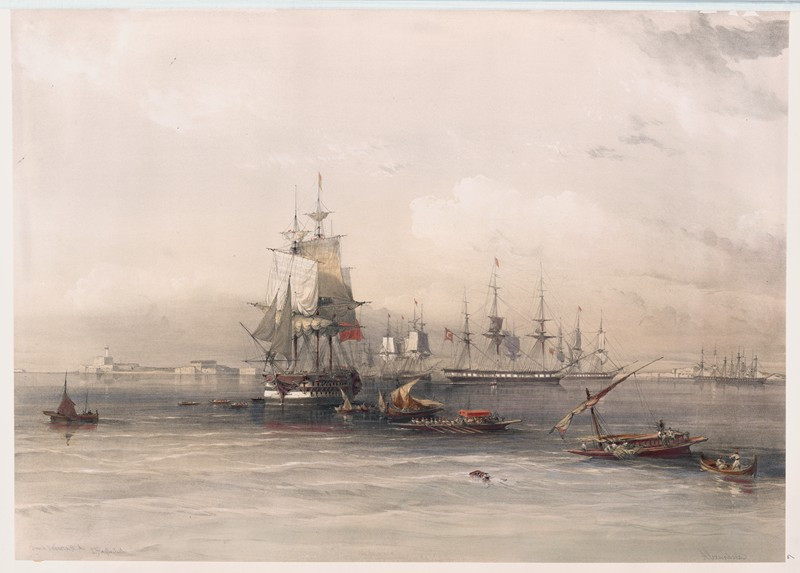
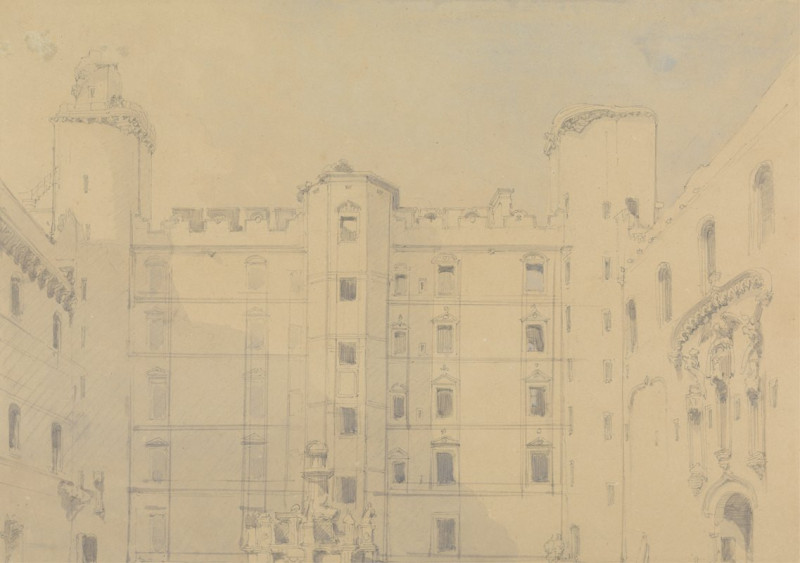
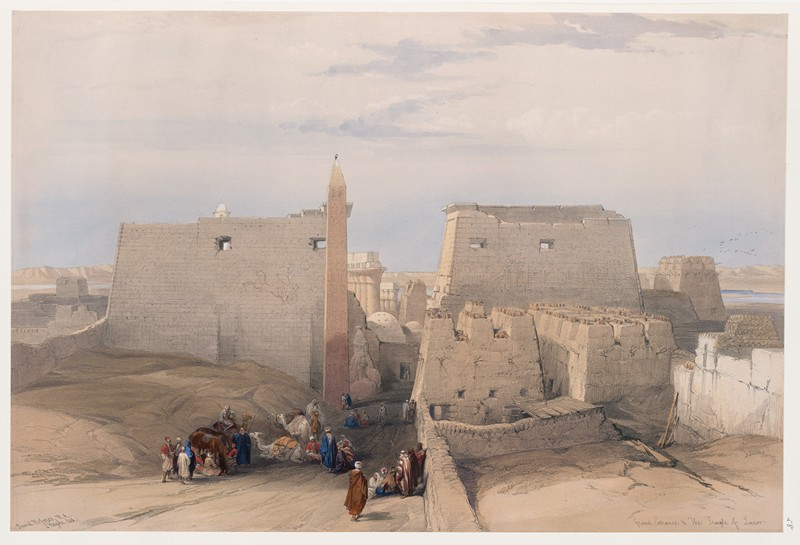

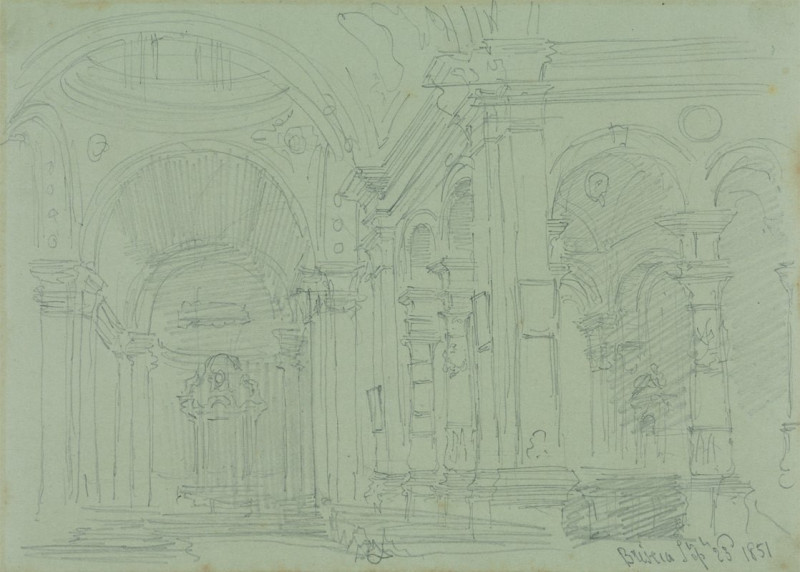
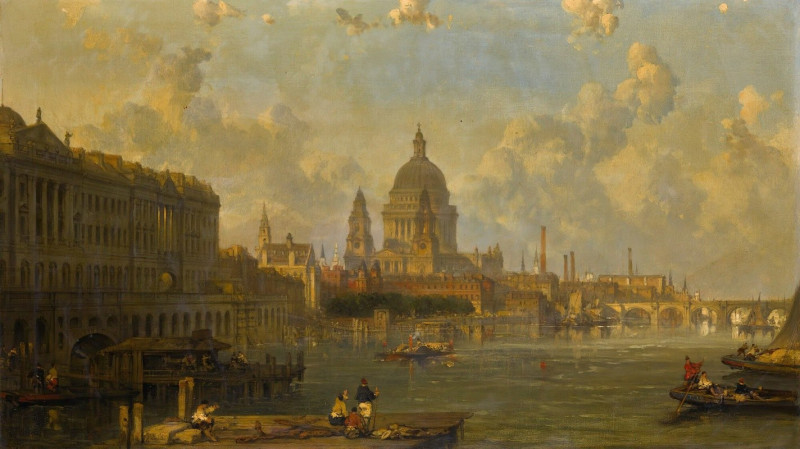
![Temple of Kalabshee [Kalabsha, Kalâbishah], Nubia. Nov. 1838. (1846-1849) reproduction of painting by David Roberts. ALL GICL...](https://reprodukcijos.lt/39201-large_default/reproduction-of-temple-of-kalabshee-kalabsha-kalabishah-nubia-nov-1838-1846-1849.jpg)
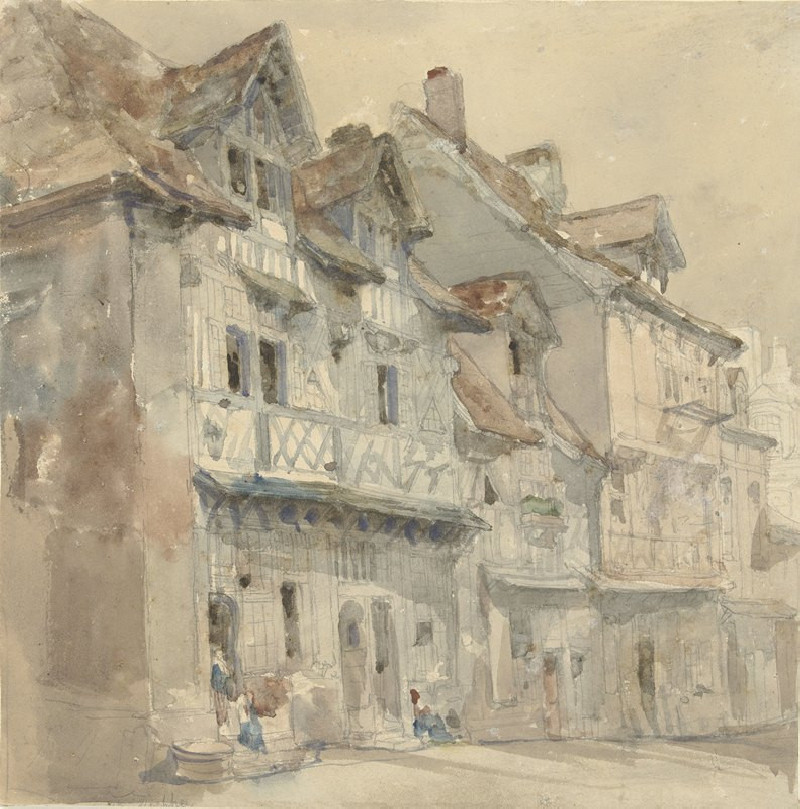
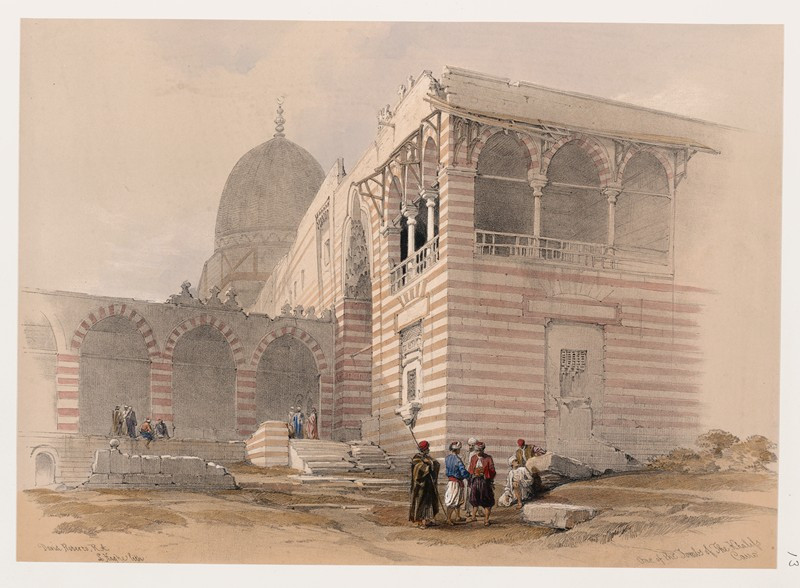

![Ruins of the Temple of Kardeseh [Qirtâsî], Nubia. (1846-1849) reproduction of painting by David Roberts. ALL GICLEE PRINTS](https://reprodukcijos.lt/39187-large_default/reproduction-of-ruins-of-the-temple-of-kardeseh-qirtasi-nubia-1846-1849.jpg)
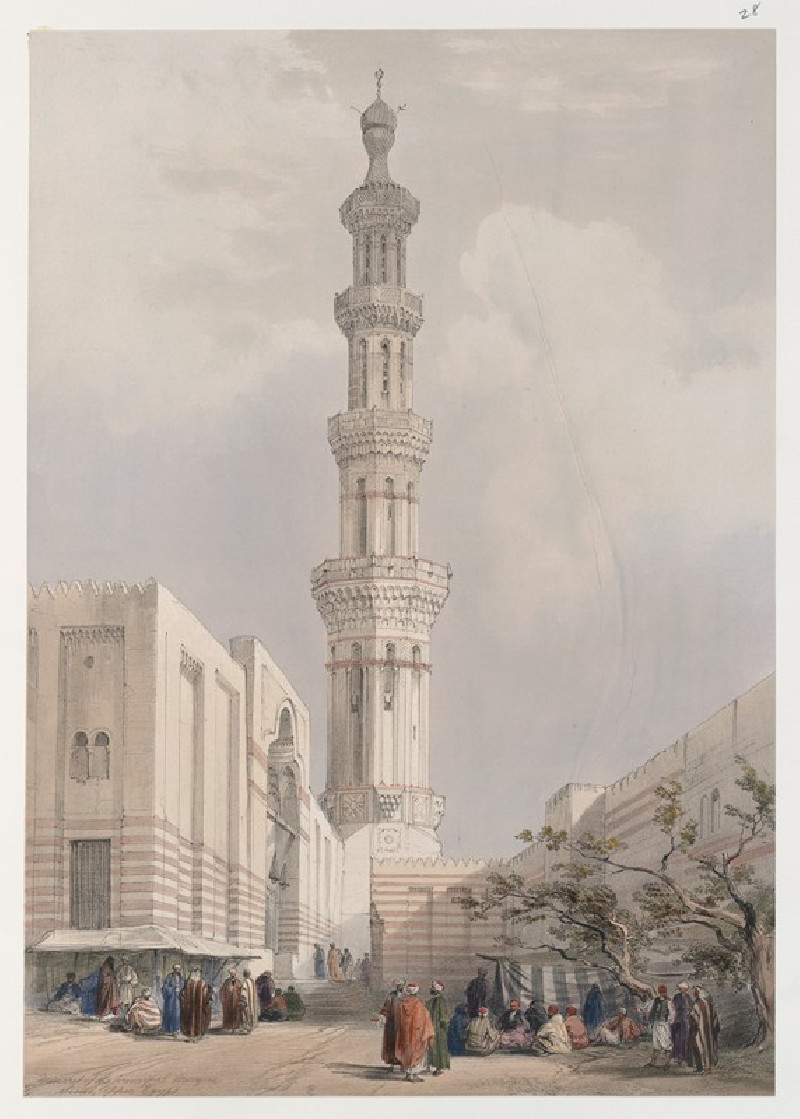
![Pyramids of Geezeh [Giza]. (1846-1849) reproduction of painting by David Roberts. ALL GICLEE PRINTS](https://reprodukcijos.lt/39185-large_default/reproduction-of-pyramids-of-geezeh-giza-1846-1849.jpg)
![Excavated temples of Aboosimble [Abû Sunbul], Nubia. (1846-1849) reproduction of painting by David Roberts. ALL GICLEE PRINTS](https://reprodukcijos.lt/39184-large_default/reproduction-of-excavated-temples-of-aboosimble-abu-sunbul-nubia-1846-1849.jpg)

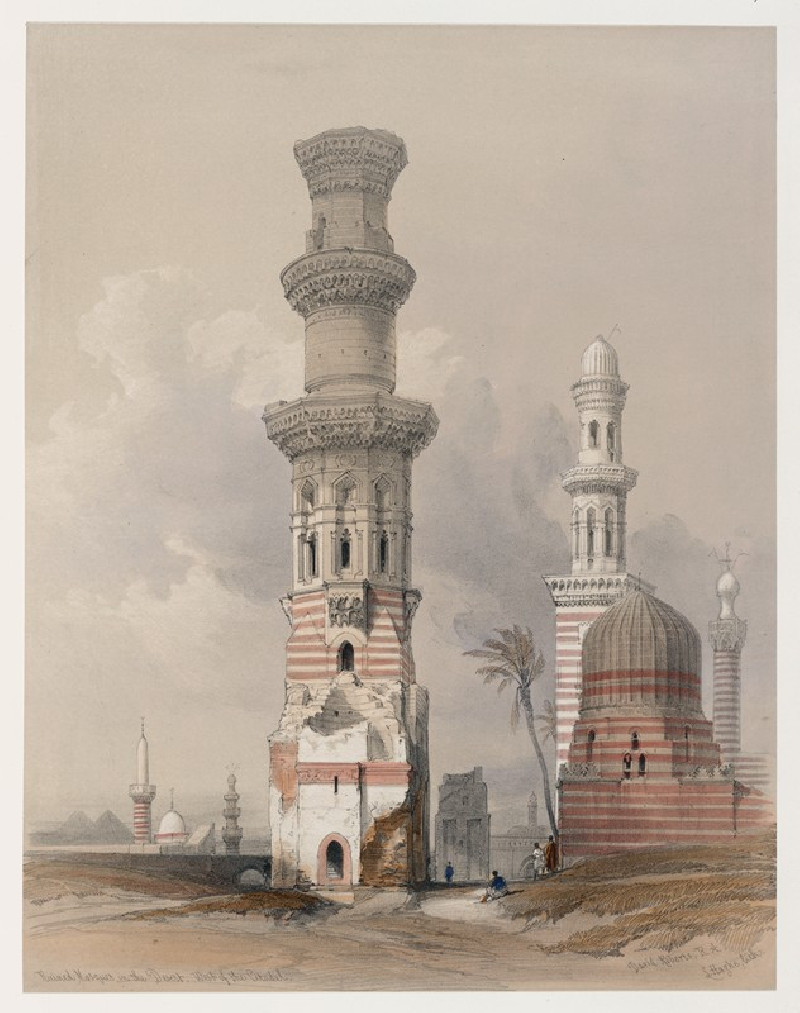


![Dayr el Medeeneh [Dayr al-Madînah], Thebes. (1846-1849) reproduction of painting by David Roberts. ALL GICLEE PRINTS](https://reprodukcijos.lt/39182-large_default/reproduction-of-dayr-el-medeeneh-dayr-al-madinah-thebes-1846-1849.jpg)
